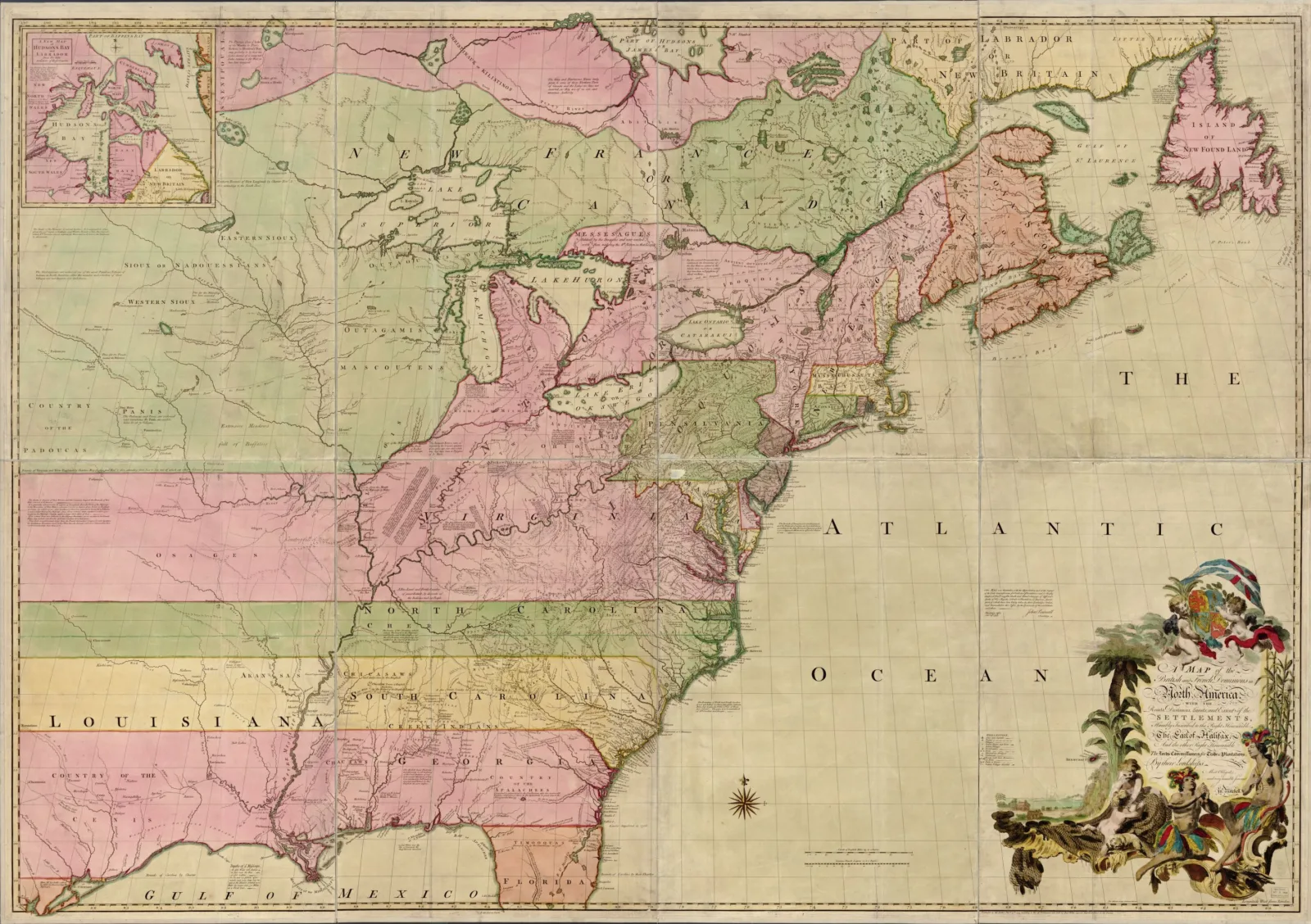Many of the United States’ most important founding-era borders are located near the outer edge of constitutional discourse. The revolution and Constitution did not merely announce the United States as a political entity wedged between British and Spanish colonies. Like other North American empires, the United States purported to identify legal spaces that were controlled, occupied, and owned by Native Americans. The latter issues were vital to early conceptions of American statehood, federalism, and territorial law. This paper is part of a larger project to describe the histories of American federalism and territorial law as crucial events in the dispossession and displacement of Native Americans after the revolutionary war. Fragmented governmental structures implied that white invaders and “private” property disputes were state or local problems, while larger “diplomatic” negotiations and military operations were to be managed by federal government in its national capacity. Legal failures in the former sphere produced recurrent interventions in the latter sphere.
Craig Green is a Professor of Law at Temple University. He has taught and written in the fields of Administrative Law, American Legal History, Civil Procedure, Constitutional Law, and Federal Courts; he has also taught in the field of Reproductive Rights. Green’s research has addressed the role of federal courts in overseeing the executive branch, and the significance of iconic cases like Erie v. Tompkins in legal discourse. He has published articles concerning wartime detention, federal common law, judicial activism, precedential interpretation, equal protection, the federal sentencing guidelines, constitutional history, the economic recession of 2008, and customary international law. In 2018, Green received a Ph.D from Princeton University’s History Department for completing his dissertation, “Creating American Land: A Territorial History from the Albany Plan to the U.S. Constitution.”
